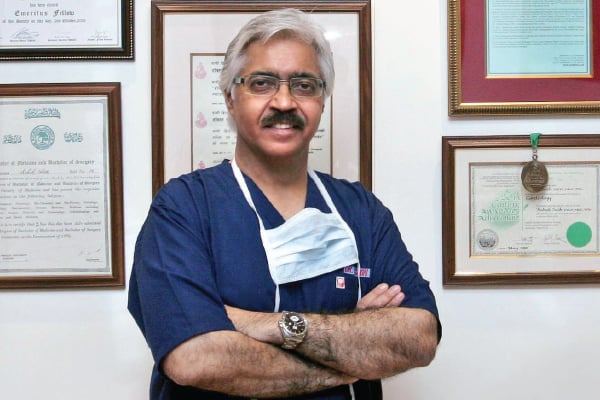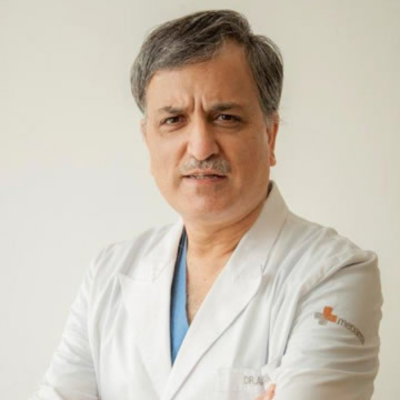Medical Visa Extension in India: How to Apply and What You Need to Know
 27 March,2025
Read More
27 March,2025
Read More
Enquire now in case of any assistance needed
Starting From: USD 1804 - USD 3007
Coronary Brachytherapy is affordable in India. The cost of Coronary Brachytherapy in India lies between USD 1804 - USD 3007. The exact procedure price depends on multiple factors such as the surgeon's experience, type of hospital, severity of the condition, patient's general condition,�etc.
In-stent restenosis is a condition where the artery narrows again after the placement of a stent. This occurs due to the overgrowth of tissue within the stent, a process known as neointimal hyperplasia. This re-narrowing can lead to recurrent symptoms like angina or, in severe cases, increase the risk of heart attacks.
Coronary brachytherapy represents a significant milestone in the treatment of in-stent restenosis, offering a targeted and effective solution for this challenging condition. By delivering precise radiation therapy directly to the site of restenosis, this procedure has demonstrated remarkable success in reducing recurrence rates and preserving vessel size. Through meticulous patient evaluation, expert procedural intervention, and comprehensive postoperative care, coronary brachytherapy stands as a beacon of hope for individuals facing the complex challenge of in-stent restenosis. It exemplifies the remarkable progress in interventional cardiology, promising renewed vitality and improved cardiovascular health for those in need.
Chairman
Interventional Cardiologist
Fortis Escorts Heart Institute, Okhla, New Delhi
Book AppointmentChairman
Cardiothoracic and Vascular Surgeon
Manipal Hospital, Dwarka, Delhi
Book AppointmentChairman
Interventional Cardiologist
BLK-Max Super Speciality Hospital, New Delhi
Book AppointmentChairman
Cardiothoracic and Vascular Surgeon
Medanta - The Medicity Hospital, Gurgaon
Book AppointmentConsultant
Interventional Cardiologist
Apollo Hospitals, Greams Road, Chennai
Book AppointmentDoctor of Pharmacy
Dr. Deepanshu Siwach is a skilled clinical pharmacist with a Doctor of Pharmacy degree.?He has 4+?years of experience and has worked with thousands of patients. He has been associated with some of the top hospitals, such as Artemis Gurgaon.
Dr. Deepanshu Siwach is a skilled clinical pharmacist with a Doctor of Pharmacy degree.?He has 4+?years of experience and has worked with thousands of patients. He has been associated with some of the top hospitals, such as Artemis Gurgaon....
Dr. Aseem Ranjan Srivastava is an experienced Pediatric Cardiothoracic Surgeon specializing in Minimal Access and Robotic Cardiac Surgery. He strongly recommends prompt corrective repair when possible....
The Art of Effective Communication
 27 March,2025
Read More
27 March,2025
Read More
 26 March,2025
Read More
26 March,2025
Read More
 22 March,2025
Read More
22 March,2025
Read More
 12 March,2025
Read More
12 March,2025
Read More
 24 January,2025
Read More
24 January,2025
Read More
 20 January,2025
Read More
20 January,2025
Read More




